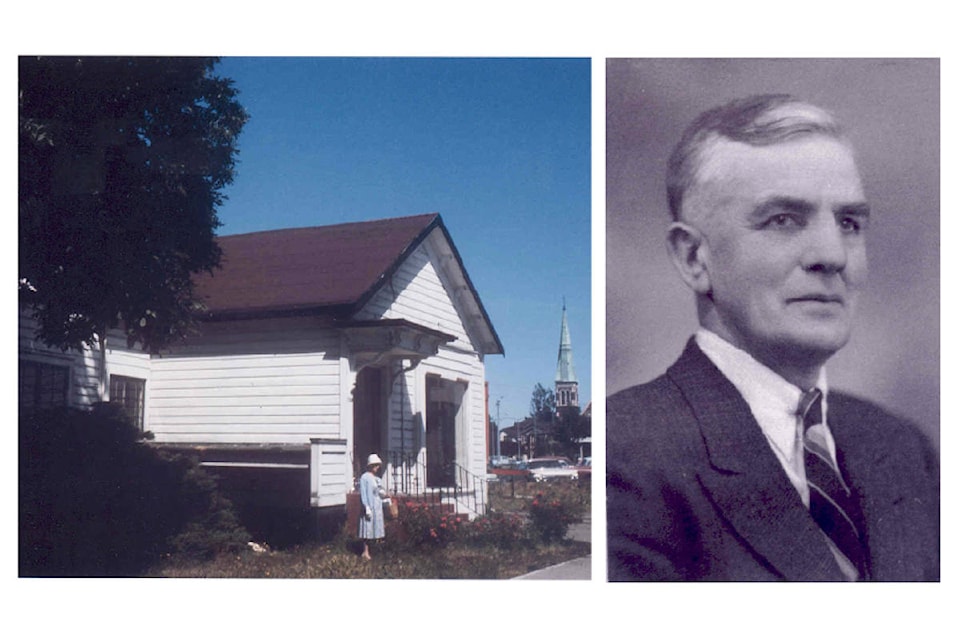Back in 1936, Burges Gadsden had a seemingly simple, yet innovative, idea: Build an organization that with a solid source of funds could provide support to local charities.
Inspired by that vision – and with $20 donated by his mother, Fannie – Gadsen founded the Victoria Foundation out of the Sunshine Inn, a soup kitchen he ran on Pandora Avenue. In 1969, with $22,000 in assets, the first grants of $7,000 were made to the Boys and Girls Club of Greater Victoria, Maritime Museum of British Columbia, and the Association for Community Living.
Fast forward to today, and that ingenuity and generosity continue to have an enormous impact on the community they called home. So as the Victoria Foundation marks its 85th anniversary, it’s equally important to reflect on its recent years of incredible growth, and equally incredible community impact.

A legacy of trust
Under the guidance of current CEO Sandra Richardson, the Foundation has enjoyed unprecedented growth.
From 59 active funds in 2001, that number had grown to 640 by the end of 2020. Similarly, assets at the Foundation have grown from $23.7 million in 2000 to more than $351 million today.
And the impact? In 2000, just over $1 million was available to be disbursed as grants. Last year,the Foundation distributed more than $25 million – more than $2 million a month!
Key to that growth has been the community’s generosity and its trust in the Victoria Foundation, from large organizations to individuals and families who’ve established donor-advised funds and legacy gifts to ensure their money is granted to the issues that matter most to them.
Innovations have continued through programs like the Community Action Funds, which give donors the opportunity to give directly to the causes that matter to them the most. Whether the arts, health, the environment, social justice or one of the many other cause areas, donors again put their trust in the Victoria Foundation to ensure their gift is put to the highest and best use.
The next 20 years, and beyond
Today, the Foundation builds on this legacy, looking forward to the next 20 years and beyond.
It remains firm in its commitment to the United Nations Sustainable Development Goals, a collection of 17 interlinked global goals to achieve a more sustainable future for all, and to growing its commitment to equity and diversity, both in our community and within the organization itself. Key to that will be the next iteration of the Foundation’s Gadsden Initiative, engaging a new generation of global citizens looking to make a lasting difference in their community.
After all, throughout its evolution, the Victoria Foundation has remained committed to helping everyone realize their philanthropic goals, from $10 to help the environment to a legacy gift to support the community in perpetuity.
Help guide community giving
And donations aren’t the only way to help build community. Individuals from throughout the region are also encouraged to participate in the 16th annual Vital Signs Survey – a quick, simple way to help guide community giving in a meaningful way. Click here to have your say through July 1.
READ MORE: Take the 2021 Vital Signs Survey, help the region chart a course forward
